When the humidity levels indoors are high, you get moisture in your home, and you are prone to mold growth. Moisture is key to getting mold to thrive in your space both inside and outside even on the topsoil as well. Plus, to reduce this, you need to know how best to lower the humidity levels. Whether it’s coming from outside, because of the type of climate present. Or the appliances that you have in the home that increase the humidity levels. Therefore, ensure that you take any measure you can to prevent moisture from getting into your home. Before this, contact the mold inspection North Carolina experts to ensure you do not have any undetected mold. Below are ways to lower humidity to prevent mold in the home.
Run exhaust fans
There is a reason that your bathroom and kitchen have exhaust fans, as they help to let out excess humidity and odors. Plus, when the humidity remains in a room like a kitchen after cooking for up to 24 hours, and they are above 60% humidity levels, they will cause bacteria and mold to grow. Hence, it is important to keep the indoor humidity levels in check, and where possible below 55%. Thus running exhaust fans when you have to take a shower or cook will help to do this as it will keep excess moisture out. Even the in house plants can affect the humidity level therefore if you have anything like diy tower garden or any other plants it would be better if you keep all that thing in mind.
Take shorter and colder showers
Although not everyone is a fan of taking cold showers, they are best when you are aiming to lower humidity levels and prevent mold from forming. The problem with hot showers is that they expose your home to heat and moisture. Also, when you prefer extensive shower time, they contribute to the rising humidity of the house. For this reason, take colder showers or shorter showers to help decrease the humidity levels. Also, you can use efficient appliances such as low-flow showerhead that will help minimize the levels of humidity in your home, and through this, they reduce the amount of moisture in your home.
Get plants that absorb humidity or a dehumidifier
If you are a fan of having plants either indoors or outdoors. Grow or buy plants that remove moisture from the air, like Boston Ferns. In this way, you will be reducing the humidity levels and also helping the environment get rid of the carbon dioxide from the air. On the other hand, you can use a dehumidifier, especially where your humidity levels are above 65% or higher. A portable one is best, but if you have the budget for it, a dehumidifier for the whole home is best.
- Dry your clothes
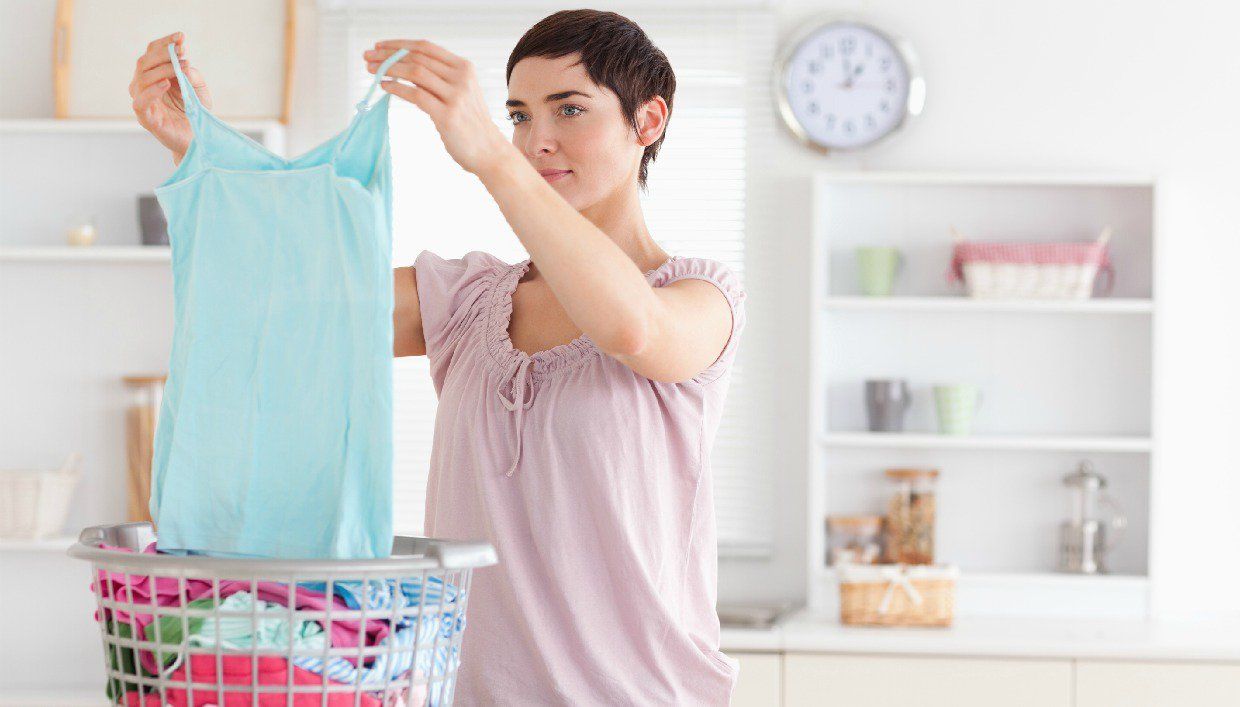
Laundry is another source of high humidity in homes. This is from the wet clothes that are put to dry indoors as they expose the home to moisture. It can get worse if you have poor ventilation in your home as the moisture is trapped. Therefore, use a dryer to prevent your damp clothing from increasing the humidity levels. Optionally, dry the wet garments outsides to ensure that the moisture exposure does not affect your home and also create an environment for mold to thrive.
- Replace your carpet
People overlook carpets most of the time. But they can do more in the homes than most people can realize. They are beneficial in adding a visual appeal and cushioning surfaces, but at the same time, they can retain moisture. This not only creates an environment for mold to thrive but contributes to the humidity of your home. Hence, if you are trying other ways of dehumidifying your house and it is not working, consider replacing your carpet.
- Avoid boiling water on humid days
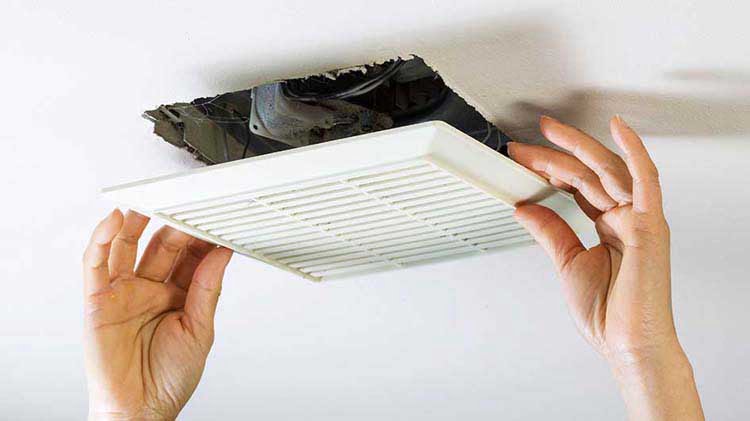
On humid days, it is best to avoid boiling water. This is because the boiled water turns into steam. As a result, it absorbs into the atmosphere of your home. Also, humid conditions outside the home will penetrate your home one way or another, and you cannot help it. So, when you boil water, it is a way to increase your humidity levels further. Plus, when you aim at reducing the humidity levels, it is one of the energy efficiency tips.

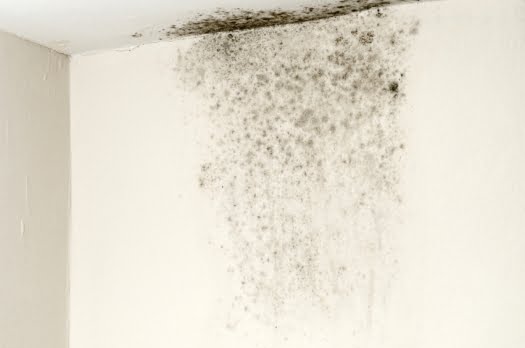
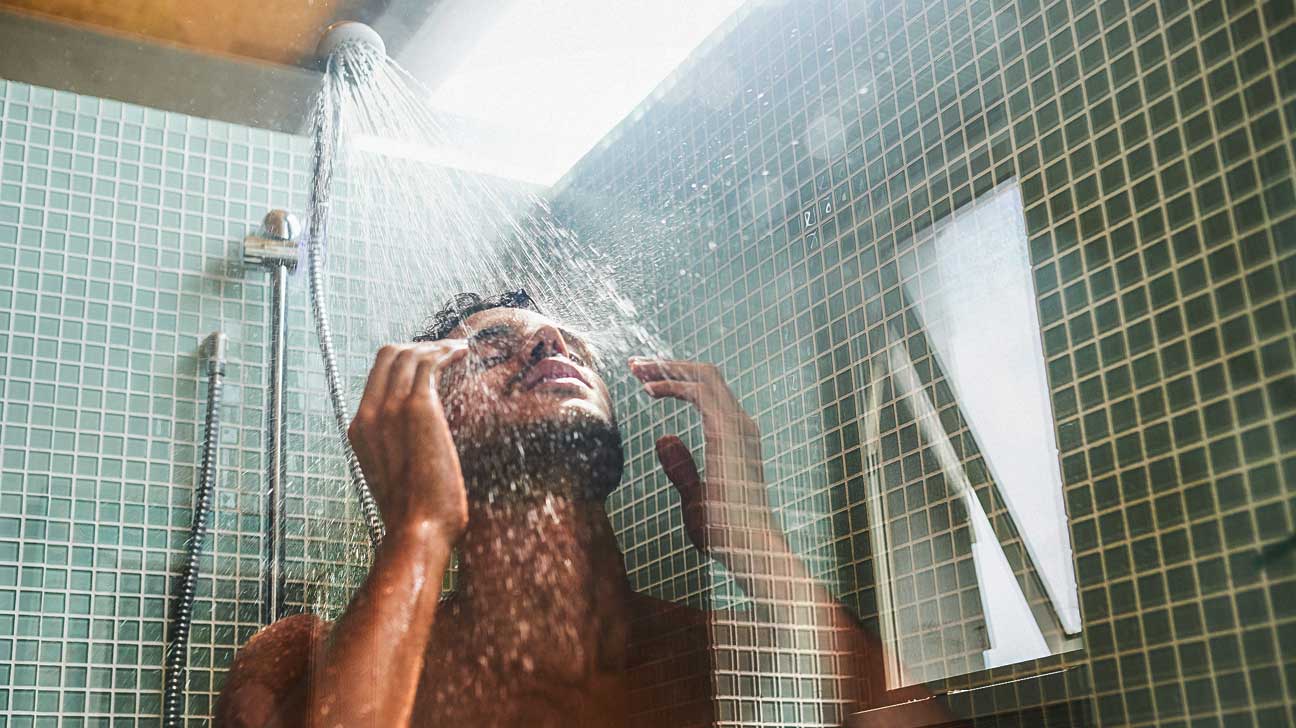
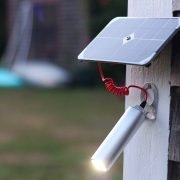




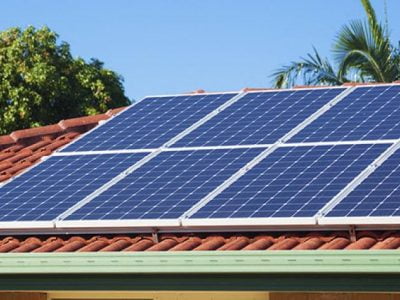
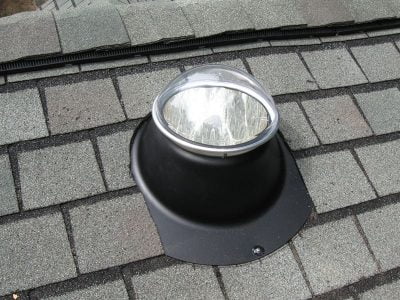





[…] elevated level of humidity can cause your house to hold a lot of moisture. Aside from the walls and floors, your upholstery […]